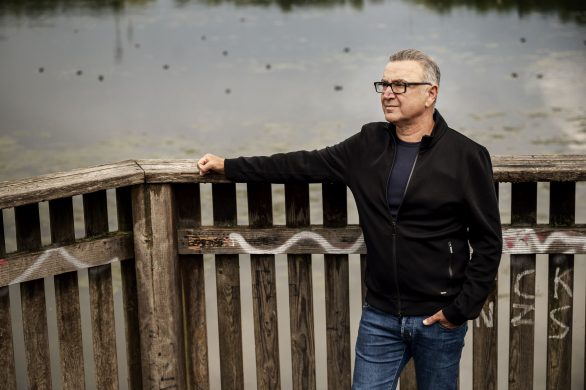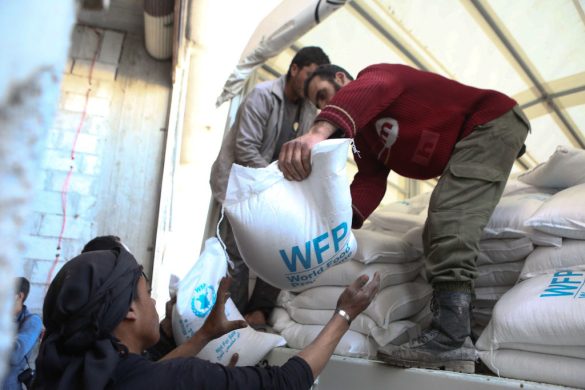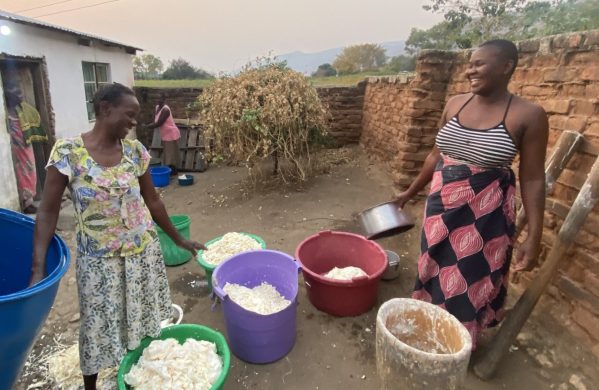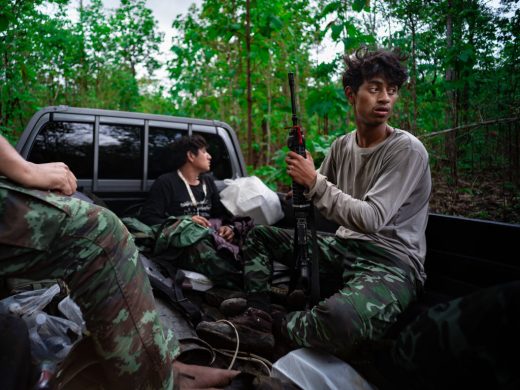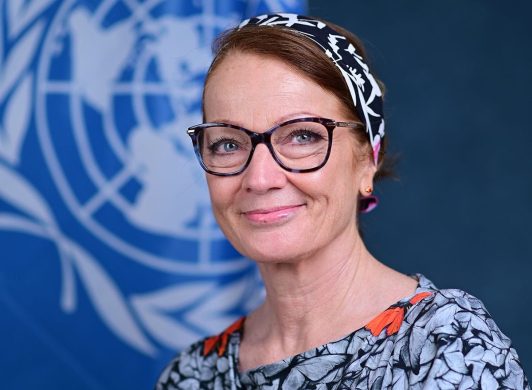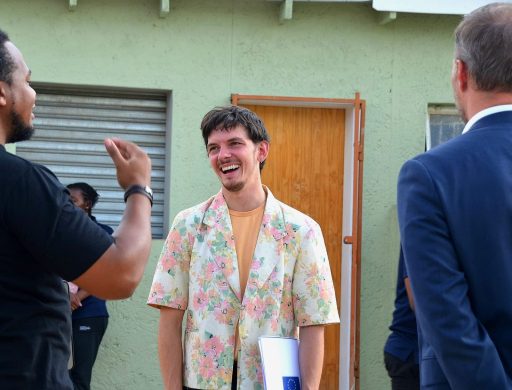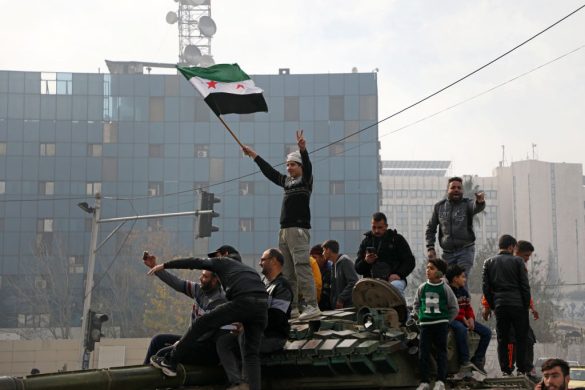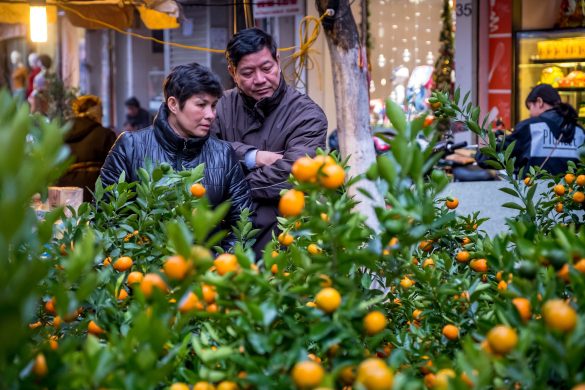Den toneangivende britiske bistandsorganisation blotlægger ti årsager til, at vi står, som vi gør, i dag – og gør opmærksom på, at der faktisk er lande, som allerede har vist en mulig vej ud af det morads, menneskeheden er spadseret ind i.
LONDON, 25 March 2014 (OXFAM): Climate change could put back the fight against hunger by decades but our global food system is woefully unprepared to cope with the challenge, said Oxfam Tuesday.
The warning comes as governments gather in Japan to agree a major new scientific report, which shows that the impacts of climate change on food will be far more serious and will hit much sooner than previously thought.
OXFAM’s briefing paper, “Hot and Hungry: How to stop climate change derailing (afspore) the fight against hunger” analyses ten key factors that will have an increasingly important influence on countries’ ability to feed their people in a warming world (se link til rapporten neden for).
Across all ten areas, OXFAM found serious gaps between what governments are doing and what they need to do to protect our food systems.
The results show that while many countries – both rich and poor – are unprepared for the impact of climate change on food security, it is the world’s poorest and most food insecure among them that are least prepared and most at risk.
10 gaps
There are ten “failing” policy areas that will undermine the world’s ability to feed itself in a warming world.
The ten gaps are:
International adaptation finance (penge til tilpasning mod klimaændringer) – score: 1/10
Rich countries promised to help poor countries adapt to a changing climate but have only provided around two per cent of the money poor countries need.
Crop irrigation – score: 1/10
In California irrigation (kunstvanding) covers over 80 per cent of arable land. In Niger, Burkina Faso and Chad, where farmers are confronting cyclical (hyppige) droughts, irrigation covers less than one per cent of arable land.
Crop insurance (forsikring mod afgrødetab) – score 2/10
Just one per cent or less of farmers in poor countries such as Malawi have crop insurance compared to 91 per cent of farmers in the US – making it harder for them to survive when climate shocks destroy their harvests.
Agricultural research and development (R&D) – score: 2/10
Global seed diversity (mangfoldighed af forskellige slags såsæd) has declined by 75 per cent in the last 100 years, depriving farmers of crop varieties better suited to changing weather patterns. Poor countries spend a sixth of the amount that rich countries spend on agricultural R&D.
Social protection – score: 3/10
Just 20 per cent of people across the globe have access to adequate social protection schemes, such as free school meals or cash transfers, when food is unavailable or too expensive.
Weather forecasting – score: 3/10
Information from weather stations helps farmers avoid crop failure. In California, there is one station every 2.000 square km. In Chad there is only one station every 80.000 square km (kvadratkilometer) – roughly the double size of Denmark.
Gender (køns) discrimination – score: 5/10)
Women make up 43 per cent of the agricultural workforce in developing countries but discrimination makes it hard for them to adapt. For example, women rarely own the land they farm so it is hard to change their farming methods to deal with a changing climate.
Food stocks (fødevarelagre) – score 5/10
World grain reserves are at historically low levels. If extreme or erratic weather wipes out harvests in key producing countries, food prices could skyrocket, triggering major food crises.
Agricultural investment – score: 7/10
Only four of the 20 African countries Oxfam looked at have delivered on their commitment to spend 10 per cent of their national budget on agriculture.
Humanitarian aid – score: 6/10
Climate change could mean more food crises but humanitarian aid is already failing to keep pace with demand – the difference between the amount of aid which is needed and the amount provided has tripled since 2001.
OXFAM’s analysis highlights that a number of countries such as Ghana, Viet Nam and Malawi are bucking (har knækket) the trend by taking action in areas such as social protection, crop irrigation and agricultural investment.
This is helping them to outstrip countries such as Nigeria, Laos and Niger on food security, despite sharing similar levels of income and climate risk.
Hunger is not inevitable
Winnie Byanyima, Executive Director of OXFAM International said:
“Climate change is the biggest threat to our chances of winning the fight against hunger. It could have grave consequences for what we all eat but the world is woefully under prepared for it.”
“Hunger is not inevitable,” said Byanyima:
“If governments act on climate change, it will still be possible to eradicate hunger in the next decade and ensure our children and grandchildren have enough to eat in the second half of the century.”
Funding climate adaptation
“Paying for climate adaptation need not break the bank. Poor countries’ adaptation needs are estimated to be around 100 billion US dollar (540 milliarder DKR) a year. This is equivalent to just five per cent of the wealth of the world’s richest 100 people,” said Byanyima.
Already this year, the worst drought in a decade has ruined crops in Brazil’s south-eastern breadbasket, including the valuable coffee harvest.
In California the worst drought in over 100 years is decimating crops across the state, which produces almost half of all the vegetables, fruits and nuts grown in the US.
Without urgent action to cut greenhouse gas emissions, the impacts will become more serious.
It is estimated there could be 25 million more malnourished (underernærede) children under the age of five in 2050 compared to a world without climate change – that is the equivalent of all under-fives in the US and Canada combined.
Man kan se hele rapporten på
http://www.oxfam.org/en/grow/policy/hot-and-hungry-how-stop-climate-change-derailing-fight-against-hunger


